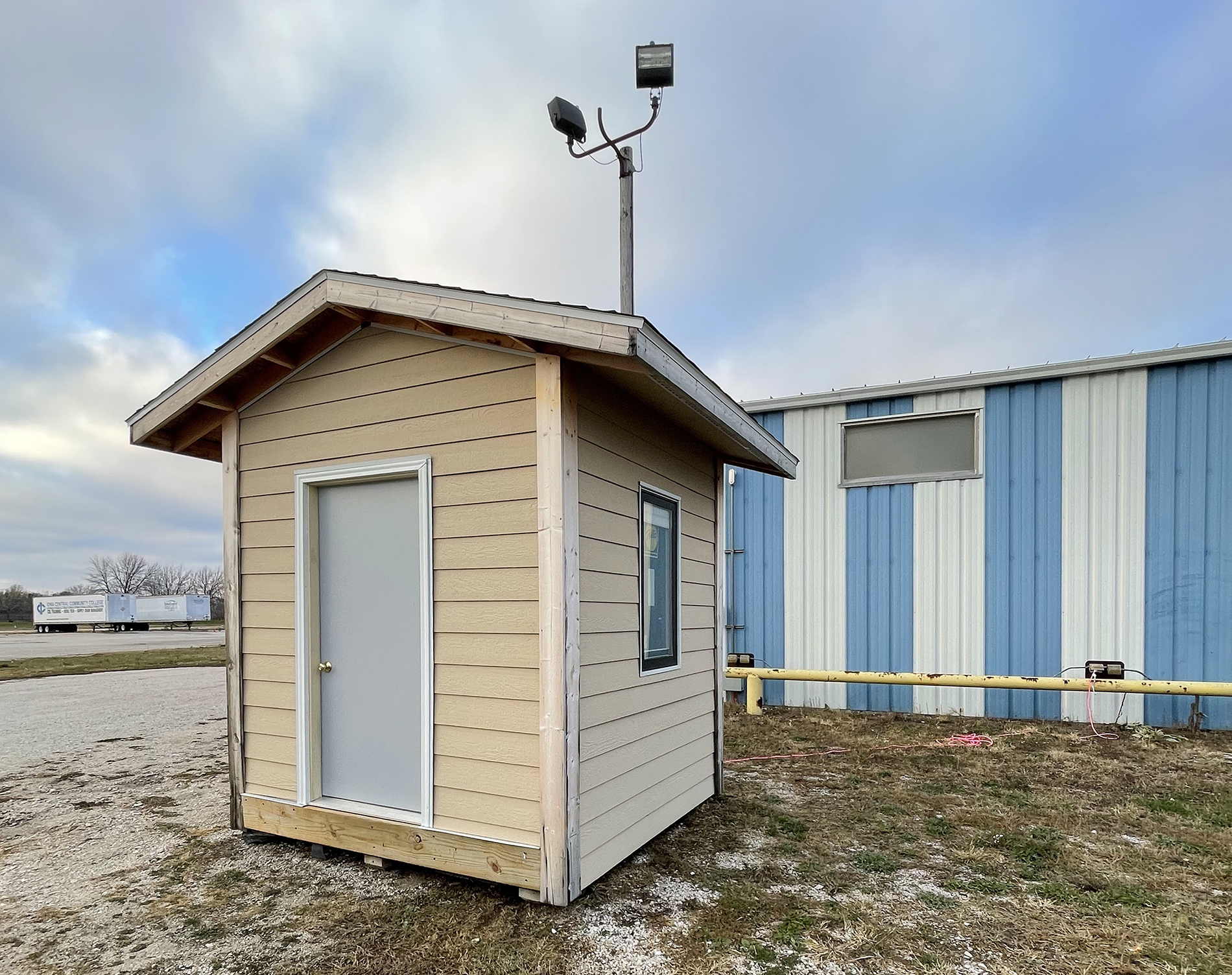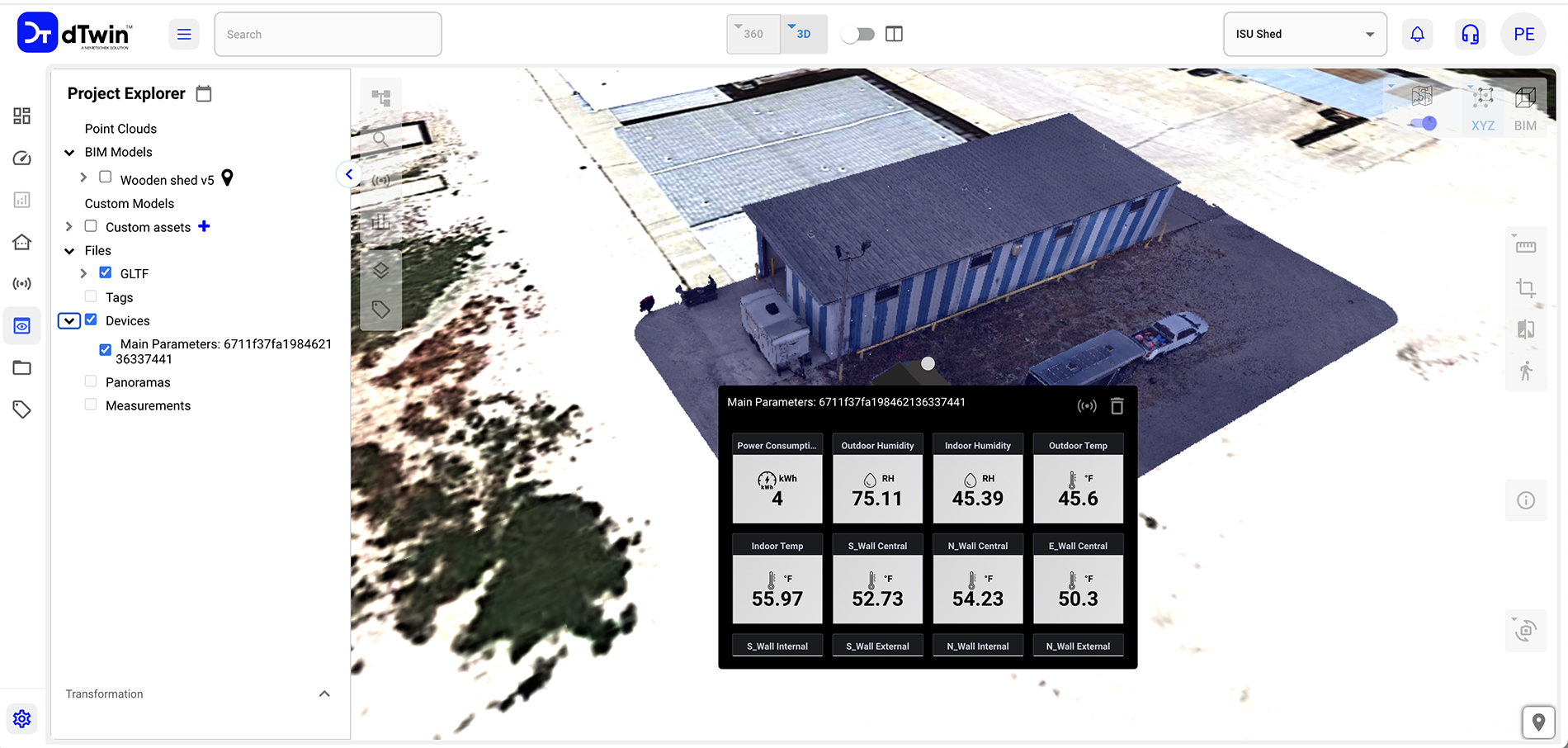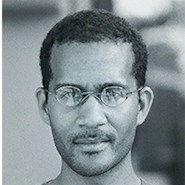 Pete Evans
Pete Evans We tend to think of housing affordability as a phenomenon primarily affecting major cities on the coasts. But the gap between housing prices and income has been hitting Americans in the heartland too.
In Iowa, according to the National Low Income Housing Coalition, only 38 rental homes are affordable and available for every 100 extremely low-income households (those making less than 30% of their area median income). The state would need to build 59,000 more homes to help extremely low-income households.
Further reading:
- Digital twin technology bolsters electric utility engineering
- New ASCE book explores the future of digital twins in construction
- How digital twins can enhance asset management of the built environment
To help the state figure out how to do this, the Iowa Economic Development Authority awarded a $2.1 million grant to Iowa State University in 2022 to study new technologies and ideas that could address affordable housing. The project is meant to tackle the housing crisis by exploring new ways to build faster.
“We need to have more houses, but they need to perform better,” said Pete Evans, assistant professor of industrial design at Iowa State. “We need to waste less. We need to optimize workforce and all these different trades.”
That goal led Evans and his colleagues to explore 3D construction printing. But “you can’t build a 3D construction printed structure with a blueprint,” he says. So they began looking at a digital solution.
‘Quite new in this industry’
In summer 2024, at an American Institute of Architects convention, Evans saw a demonstration of a digital twin solution by German software firm Nemetschek Group. Digital twin software represents virtual models of buildings and structures that can connect with physical structures and relay real-time data about them, both while they are under construction and after they have been inhabited.
“Digital twins are already known from other industries like automotive or manufacturing,” said Andreas Steyer, senior product manager for Nemetschek’s digital twin product, named dTwin. “It’s a digital replica of an object or a process replicating all workflows or properties of this project and visualizing it. So no car is built these days without a digital twin, but when we look at buildings, it’s quite new in this industry.”
 Pete Evans
Pete Evans Current building information modeling in the construction industry, Steyer says, reflects the planning of a building “but not changing through the whole life cycle. And that’s what’s new with digital twins for buildings. It’s not only 3D visualization; it’s connected to real-time data and changing, like a building is changing through its life cycle.”
In other words, the digital model is a living thing. It changes in real time as the physical structure changes. The dTwin solution is “bringing all kinds of visualization together from building BIM data to 2D drawings, point clouds from laser scanning, photography and (geographic information system) environment data, and then adding real time data from (Internet of Things) sensors, for example,” Steyer said.
Evans says we can think of software like Revit, Archicad, or Vectorworks as BIM 1.0, monolithic tools that “do the lion’s share of the production work in a design office to produce the building documentation for construction.”
These programs can be used, he added, “in construction and can even be transitioned for facilities management, but oftentimes there’s information loss along the way, and the primary model software might not be able to do a specific ancillary design task very well, like carbon calculating or asset management within the central model.”
The dTwin software, on the other hand, is like BIM 2.0. It can work across the life cycle of a project, Evans says, “and can offer very powerful insights into the work that a typical BIM 1.0 software does not provide.”
The Iowa pilot project – a small, enclosed shed with advanced wood framing – was built at the Iowa Central Community College campus in Fort Dodge. (One of the elements of the state grant was to partner with technical schools). The shed has sensors embedded on the interior, mid-wall, and exterior that could relay live information to its digital twin across the web.
In a future phase of the project, researchers hope to compare data from their pilot project “control” with that from a second shed incorporating building technologies like 3D construction printing to get comparable data.
“We were planning on doing this for additional advanced wall types that would involve structural insulation panels, insulated concrete forms, and 3D construction printing in multiple configurations and combinations with additional finishes and comparing these wall types for performance similarly to the advanced wood framing walls in the first shed to get actual comparative results,” Evans said.
What sensors can do
That data will eventually allow researchers to optimize performance and maintenance of new housing. For instance, embedded sensors could help optimize the time it takes builders to cure 3D additive cementitious materials.
“We’d be able to see what the curing arc is,” Evans said. “Right now we just have a 28-day type of cure cycle for concrete, but we can start to do better than that if we have the data. And I think that’s super important in this in terms of the development of digital twins and affordable residential construction.”
There are other applications too.
“So you can see how warm is it in the building, how many people are in the room, but also data from other systems like facility management, software building management software,” Steyer said. “And then use this data not only to watch it but to use this to optimize the construction and the operating process of a building.”
Tools like dTwin will eventually be more common and may even be able to incorporate local building regulations in their matrix of data, but Evans cautions that it will take time. “There’s significant barriers to change business models,” he said, “and that existing mindset – this is how things are done – is not an easy thing to change.”
Steyer notes that the digitization of the construction industry will accelerate due to pressure for greater efficiency.
“And on the other hand, technologies like AI will disrupt a lot of industries and therefore you need connected data for the whole life cycle,” he said. “And that’s why I’m convinced that in four or five years at least we can say digitization has accelerated. And I think the digital twins are really key to that.”
 Pete Evans
Pete Evans 


